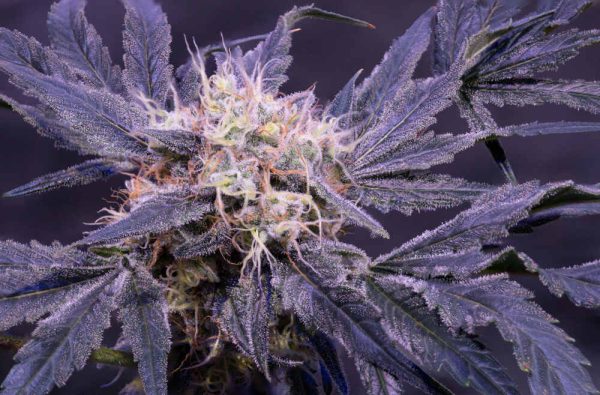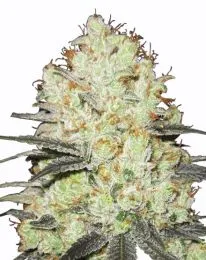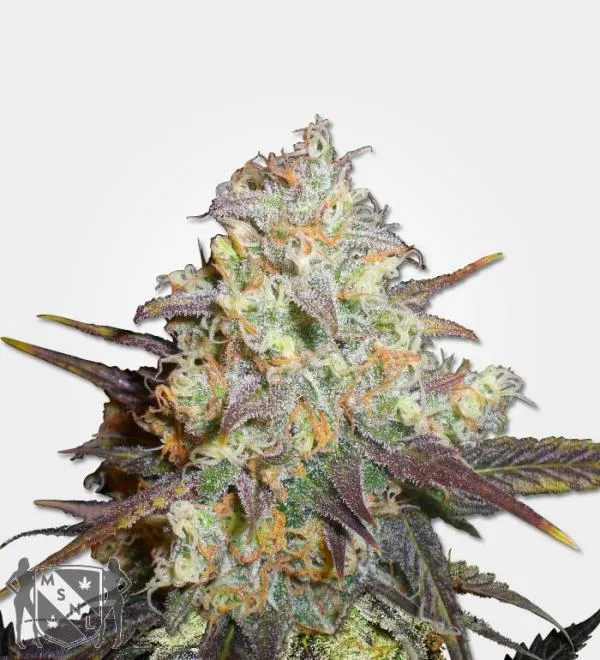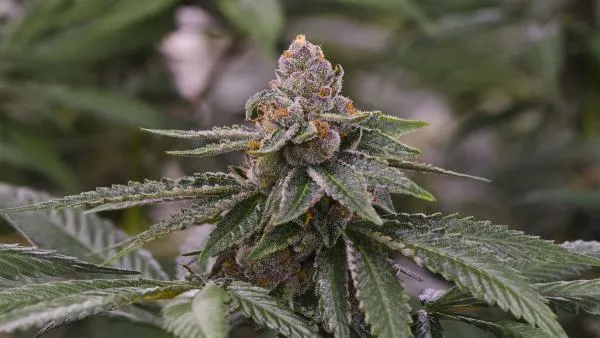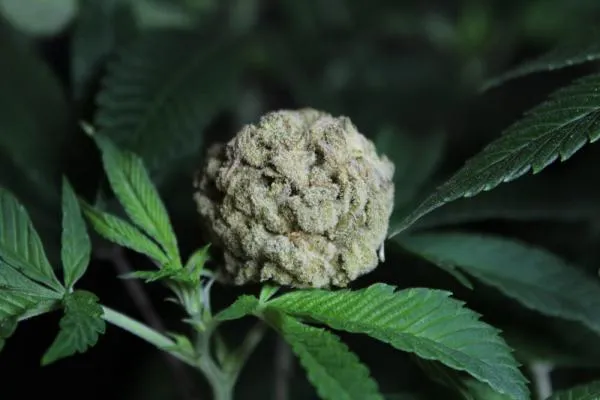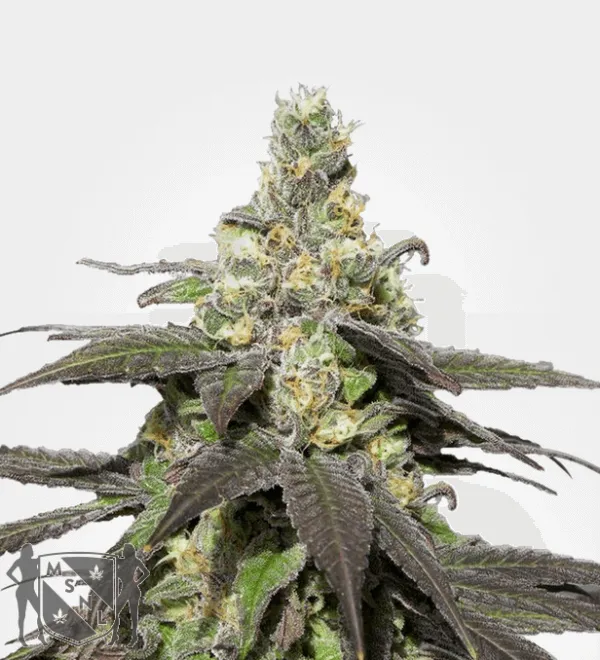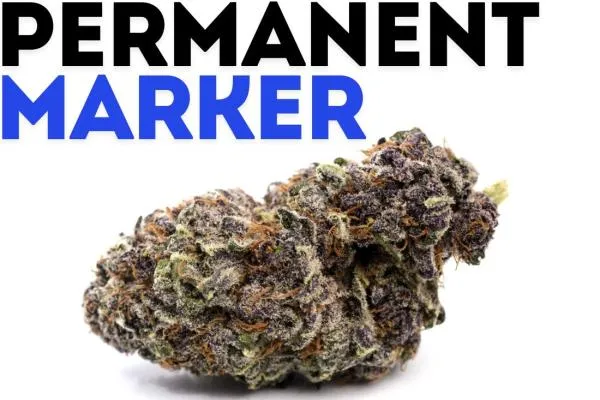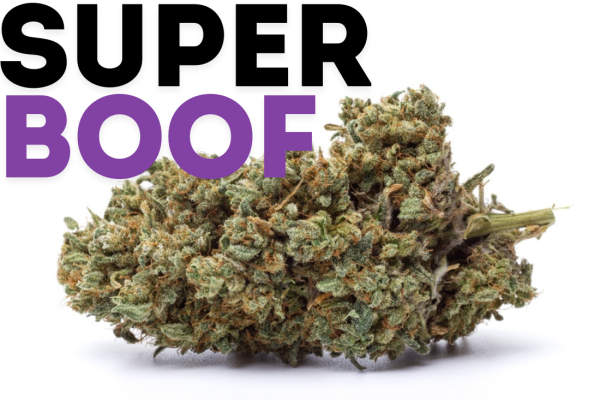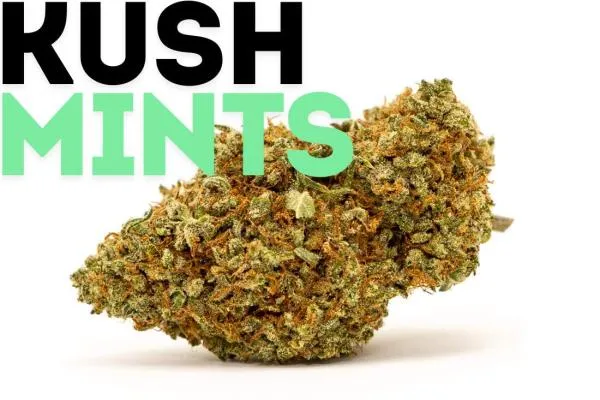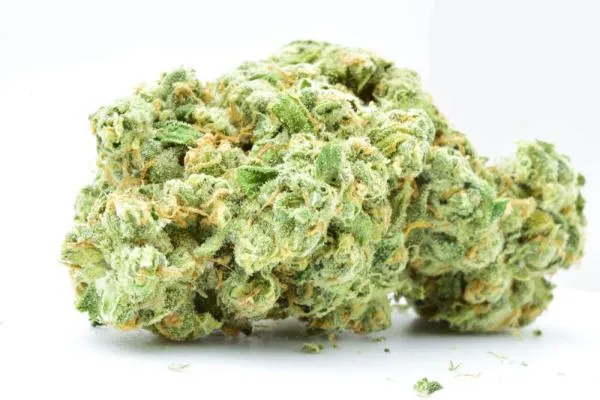When pondering on a particular strain, and whether it will make you splutter like an old two-stroke in the rain, there are a couple of key factors that need to be considered. The first is how it was dried and the second is how long it has been left to cure. All strains, including Strawberry Cough, can induce coughing fits if they are dried too quickly or not cured for a long enough period of time.
So how exactly did this strain end up with its name?
That is what we are here to answer, as well as dipping our toes in the history, genetics, and everything else there is to know about one of the greatest weed strains of all time, Strawberry Cough.
- Strawberry Cough strain info, history, and genetics
- Is Strawberry Cough Indica or Sativa?
- Is Strawberry Cough strong?
- What does Strawberry Cough taste and smell like?
- What are the effects of Strawberry Cough?
- Does Strawberry Cough cause anxiety?
- Does Strawberry Cough make you cough?
- Is Strawberry Cough good for beginners?
- How to grow your own Strawberry Cough plant
Strawberry Cough strain info, history, and genetics
If you have never heard the name, Kyle Kushman, then settle on in. Truly one of the most influential figures in the world of weed, Kyle Kushman is the man behind the success of a truly ridiculous range of strains, including Strawberry Cough. While not the creator of this particular cultivar, he happily takes credit for it's climb to fame. And for good reason too, as the strain has gone on to win multiple awards at various High Times Cannabis Cups.
He was first gifted one of the earliest Strawberry Cough clones after visiting a friend's farm in Connecticut back in 1999. At the time, he was living in Brooklyn, working as a writer for High Times Magazine. Once he got the clone home, and opened the brown paper bag that the clone was tucked away in, he realized that the aroma profile was something incredibly special.
To quote the man himself -
"I got a face FULL of strawberries. This tiny clone was speaking to me. This tiny clone was Strawberry Cough."
What followed was a good few years of experimentation with the cultivar, and by 2003 Kushman had stabilized it into its current, award-winning form.
In 2004, with the laws changing in California, he decided to move out west to be able to legally cultivate. On the cross-continental road trip back, he stopped in at a bunch of cities, and each time he handed out at least one of the precious Strawberry Cough clones. By the time he got to California, he had given out at least 25 clones, and the legend of Strawberry Cough had been solidified.
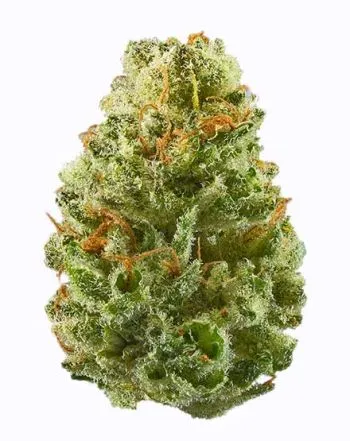

| THC % | 20%-24% |
|---|---|
| Flowering Time | 10-12 Weeks |
| Outdoor harvest | Mid October |
| Yield | 400-500gr/m² |
| Indica/Sativa | Sativa Dominant |
| Height | Tall: 180cm-220cm |
| Difficulty | Easy |
| CBD Content | <1% |
| Climate | Warm |
| Medical Conditions | Anxiety, PTSD, Stress |
| Seed Type | Feminized |
| Genetics | Strawberry Fields x Haze |
| Effects | Uplifting |
| Taste | Strawberry, Sweet, Berry |
| Terpene | Myrcene, Pinene, Caryophyllene |
Strawberry Cough genetics
Strawberry Cough is a strain with pretty humble origins, the two strains it was originally bred from being Strawberry Fields and Haze. The former brings with it that unmistakable strawberry odor, while the latter adds to the flavor profile by contributing notes of spice, sandalwood, and Haze's signature cerebral high.
Is Strawberry Cough Indica or Sativa?
This strain is a mostly Sativa hybrid, with a genetic split sitting in the region of around 80% Sativa, 20% Indica. This makes sense given the origins of Haze in its parentage.
Is Strawberry Cough strong?
That really depends on what you mean by strong.
Strongly flavored? Yes indeed.
Strong growth patterns? Yes again.
Strong, cerebral high? Yep, another tick.
But if you are asking if it is a high-THC strain, then the answer is still yes, but not in the way that other strains might be considered high-THC.
While the CBD count is not listed on its stats, and it has been bred to have a higher THC count than most Sativa-dominant strains, coming in at around 20 to 24%. Sure, in the current age of new strains with insanely high THC percentages, Strawberry Cough may not seem as impressive. But remember, this is a strain that has been around for over two decades, and its genetics are not as heavily influenced by today's breeding practices. For its time, it is 100% a strong strain.
What does Strawberry Cough taste and smell like?
No surprises here, the overarching aroma is a strong, sweet strawberry bouquet. However, there are definitely some more subtle flavors and aromas playing their part in the overall profile. The terp responsible for the main taste of this strain is Ocimene, but there are also high concentrations of both alpha-pinene and myrcene.
On the inhale, you will most likely catch a hint of that classic Haze spiciness which can be a little cough-inducing, and on the exhale, it leaves a smooth and satisfying smoke in your mouth. Can it make you cough? Sure, but then so can all strains. More on this later.
Will it make you cough? Well, that all depends on how well you treat your stash of buds once you have harvested. Not all strains require a long curing period, but if you want to get the best out of Strawberry Cough, you will want to cure your nugs for at least two months.
What are the effects of Strawberry Cough?
This strain is Kyle Kushman's favorite strain of all time for a few very specific reasons, and the effects play a massive part in this.
"For me, it’s all about clarity. Imagine staring through binoculars and adjusting the focus wheel, slowly, a little at a time until the image is clear and focused… that sharpness is Strawberry Cough. It adds to you. It improves you. It opens your third eye."
Strawberry Cough is considered one of the best strains for enhancing creativity and productivity, without inducing any kind of couch-lock or drowsiness. It provides a clear-headed, energetic high that can help you power through tasks or spark new ideas.
Does Strawberry Cough cause anxiety?
It can, but as long as you control your dose and don't overindulge, it is unlikely to cause any anxiety or paranoia. This strain does have a higher THC content than the majority of other heavy Sativas, so if you are prone to anxiety with high doses of THC, it would be best to start out slowly with this one and see how it affects you personally.
Does Strawberry Cough make you cough?
Will it make you cough? Well, that all depends on how well you treat your stash of buds once you have harvested. Not all strains require a long curing period, but if you want to get the best out of Strawberry Cough, you will need to cure your nugs for at least two months.
When curing is done correctly, the result is a near-perfect smoke that is smooth and enjoyable. But if you're lazy or impatient with your curing process, then yes, Strawberry Cough will get deep into your lungs and tickle your throat.
Is Strawberry Cough good for beginners?
Yes, and no.
Yes, in the sense that this strain is not hard to grow and produces a decent yield. It also has an incredibly strong aroma and flavor profile, making it appealing to novice growers who want something interesting without too much effort. Its easy-growing nature is also sure to delight beginner tokers as well.
No, in the sense that it is still quite a high-THC strain and may be overwhelming for those who are not used to such potent cannabis. Additionally, Strawberry Cough can induce some paranoia or anxiety if heavily smoked, and beginners may not have the experience to manage those effects. So, while it is a relatively easy strain to grow and smoke, it should be treated with the same respect and caution as any other high-THC strain.
How to grow your own Strawberry Cough plant
As with all majority Sativa plants, Strawberry cough can be a tall-growing lady, reaching heights of up to 7 feet (2.13 m) if left untrained. Its leaves are long and slender, much like its Haze parent, and the buds that form along its branches will start off small but grow in both size and density as the plant matures.
The ideal growing conditions for this cultivar include a warm and humid climate, with plenty of sunlight. It is recommended to top the plant early on to encourage more lateral growth rather than vertical growth, which will make it easier for indoor growers to manage their space. You can also experiment with Supercropping, and then staking and tying down the plants to promote lateral growth while also opening up the canopy for better light penetration and air circulation.
